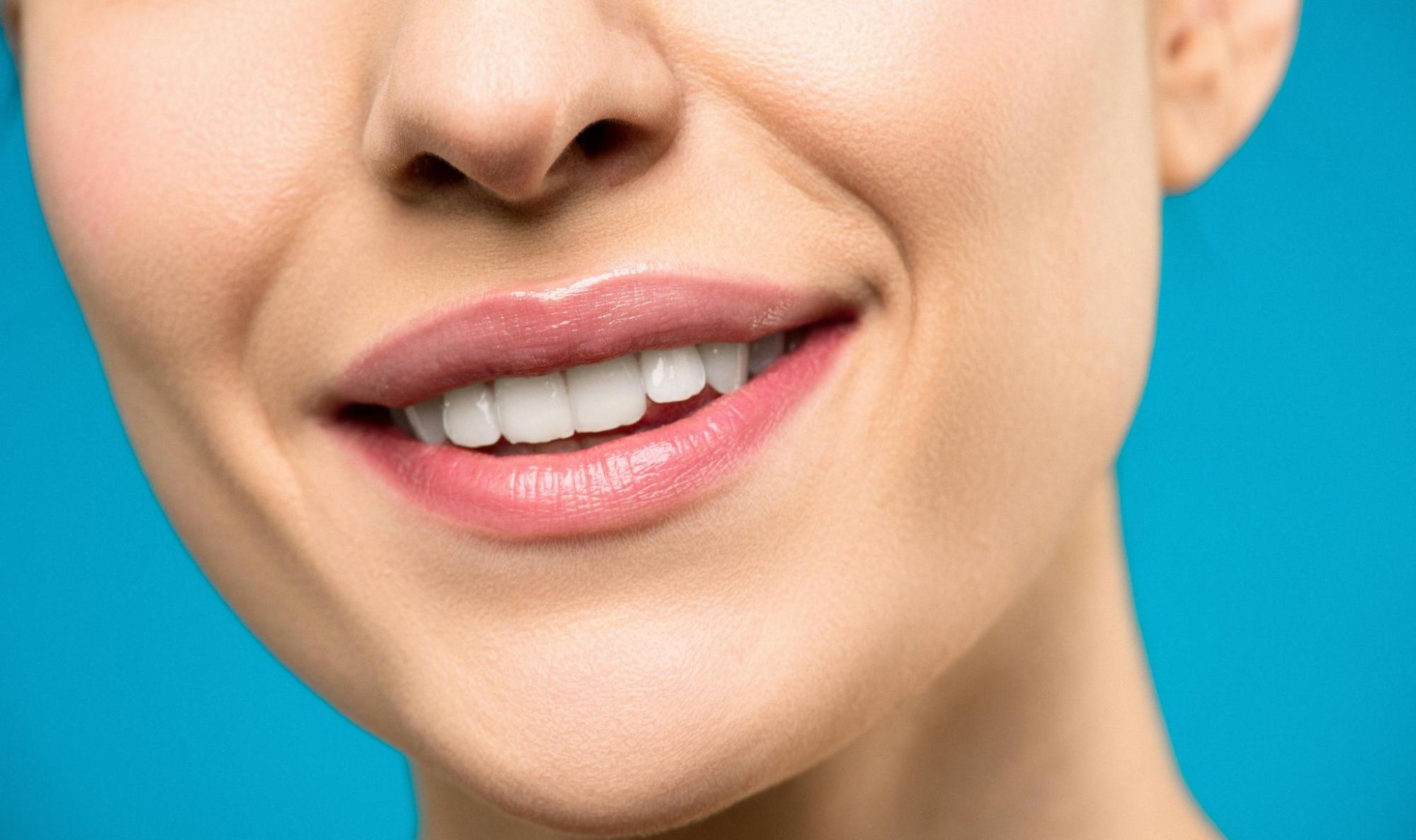Aesthetic dentistry, once considered a luxury, has now become a pivotal aspect of enhancing one’s appearance and self-esteem.
What Is (Actually) Aesthetic Dentistry and Why Is It Important?
Often referred to as cosmetic dentistry, aesthetic dentistry is a specialized field of dental care focused primarily on improving the appearance of a person’s teeth, gums, and overall smile. It encompasses a range of treatments designed to enhance dental aesthetics in color, position, shape, size, alignment, and overall smile appearance.
While traditionally considered for vanity, aesthetic dentistry plays a crucial role in enhancing an individual’s self-confidence and psychological well-being by creating a balanced and harmonious facial appearance.
Symmetrical faces are often considered more attractive in many cultures, and the alignment and proportion of teeth play a significant role in this perception. Correcting imperfections such as misalignment, discoloration, or disproportionate teeth sizes, aesthetic dentistry can significantly influence facial balance and aesthetics.
Techniques in Aesthetic Dentistry
The most common techniques employed in aesthetic dentistry:
- Veneers: Thin layers of porcelain or composite material that are bonded to the front surface of teeth to improve their color, shape, and overall appearance. They can transform a smile by creating a uniform look to teeth, often used to correct chips, cracks, or gaps that disrupt the visual continuity of the teeth.
- Teeth Whitening: A popular procedure to lighten teeth and remove stains and discoloration, enhancing the brightness of a smile. It helps to create a more vibrant, symmetrical appearance by ensuring that the color of the teeth uniformly matches and enhances facial aesthetics.
- Orthodontics: Beyond traditional braces, this includes clear aligners like Invisalign, which are used to correct misalignments and spacing issues without the aesthetic intrusion of metal braces. It directly enhances facial symmetry by aligning the teeth and jaw, which can alter the overall facial structure significantly, promoting not only a better bite but also a more balanced face.
Technological Advances in Aesthetic Dentistry
The field of aesthetic dentistry has seen remarkable advancements in both technology and materials.

Digital smile design software allows dentists and patients to preview potential results of aesthetic treatments via advanced imaging techniques. This software provides a digital visualization of the mouth, facilitating precise planning and outcome predictions.
The use of durable, tooth-colored composite resins and porcelain for restorations such as crowns and veneers has improved to mimic natural dental aesthetics closely.
Laser dentistry techniques reduce the need for anesthesia and minimize healing time in gum contouring and caries removal. 3D printing technology has also revolutionized the customization of dental prosthetics, improving the fit and appearance of crowns and veneers.
Trends in Aesthetic Dentistry
The aesthetic dentistry market has experienced substantial growth, with a global market size reaching approximately USD 33.58 billion in 2023. It is projected to expand to USD 89.03 billion by 2030, demonstrating a robust annual growth rate of 13.5%. This growth is driven by technological advancements and a rising demand for dental aesthetics.

Advances in technology, such as 3D printing and digital scanning, have revolutionized aesthetic dentistry by allowing for more precise and efficient treatments. Digital wands can scan a patient’s teeth to design and print custom oral appliances directly in dental labs, improving the speed and accuracy of treatments.
Orthodontic braces are seeing a particularly high growth rate, expected to rise at a CAGR of 28.7% during the forecast period, driven by increased awareness and campaigns promoting dental health and aesthetics.
The demand for invisible orthodontics, such as clear aligners, continues to surge, especially among adults and teens who prefer a less noticeable treatment option.
Consumer Trends and Preferences
The aesthetic dentistry market is influenced by consumer preferences towards minimally invasive procedures. Procedures such as teeth whitening and minimal-prep veneers are gaining popularity due to their conservative nature and quick results.
There is a noticeable increase in the acceptance of aesthetic dental treatments, with a growing trend towards procedures that enhance not only functionality but also the visual appeal of the smile.
Patients considering aesthetic dental procedures should evaluate several factors:
- Health of Teeth: The underlying dental health must be addressed before cosmetic procedures can be considered.
- Expectations: It’s crucial for patients to have realistic expectations about the results of aesthetic procedures.

- Cost and Maintenance: Understanding the cost involved and the maintenance required post-procedure is vital for decision making.
Consulting with a qualified and experienced aesthetic dentist is critical. Such professionals can provide a thorough assessment, recommend appropriate procedures, and ensure that treatments are performed safely and effectively. They can also help set realistic expectations and provide a clear understanding of the potential outcomes and risks involved in each treatment.
Aesthetic dentistry transcends mere enhancement of oral aesthetics; it crucially aligns one’s dental health with overall facial symmetry, fostering not only aesthetic appeal but also confidence and well-being.
As this field continues to evolve with technological innovations and growing consumer interest, it offers numerous options for individuals seeking to perfect their smile and enhance their facial harmony.

Meet Sally, the health blogger who believes that laughter really is the best medicine, except when it comes to treating a hangnail. Sally’s approach to wellness involves a healthy dose of humor, mixed with practical advice that doesn’t take itself too seriously. Whether she’s discussing the virtues of kale smoothies or her latest attempt at meditating without falling asleep, Sally’s blog is your go-to for a giggle and genuine health tips.

